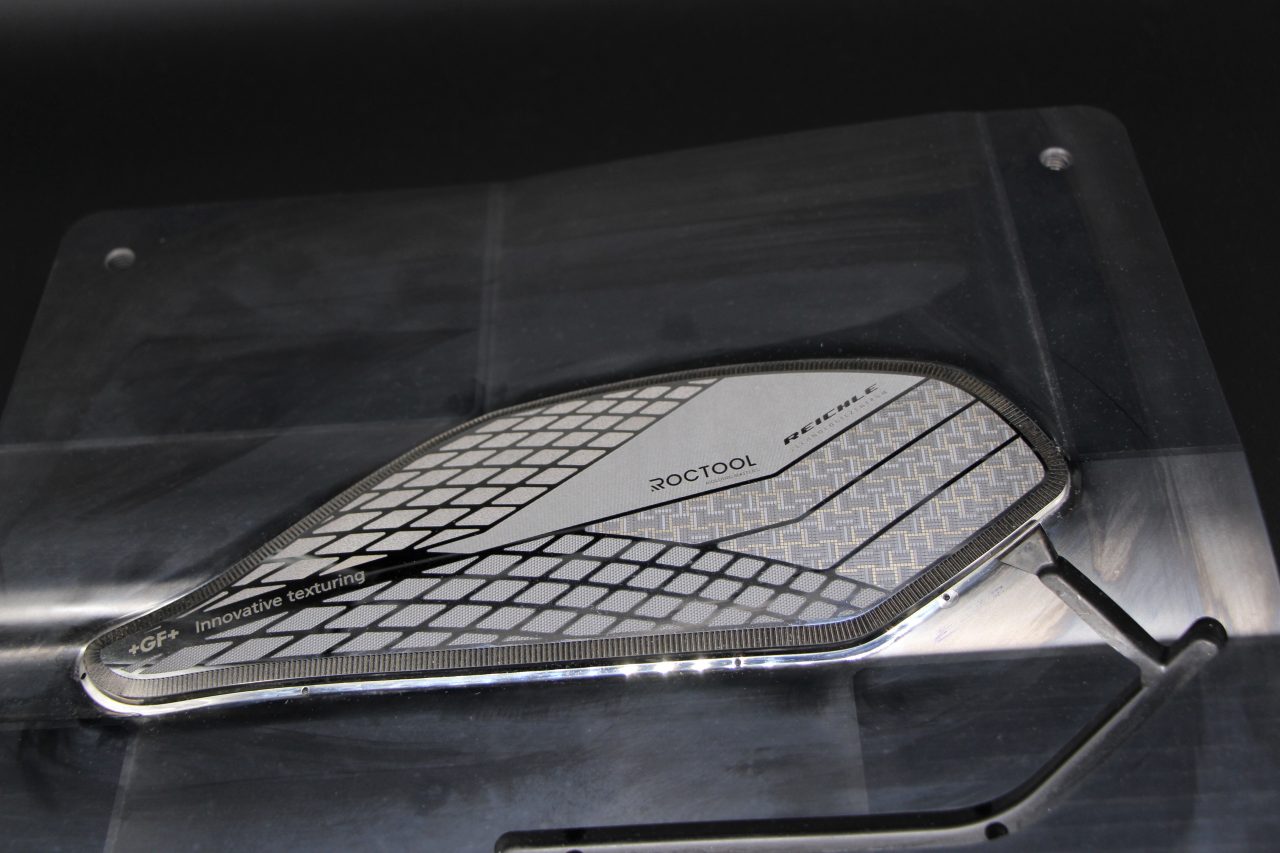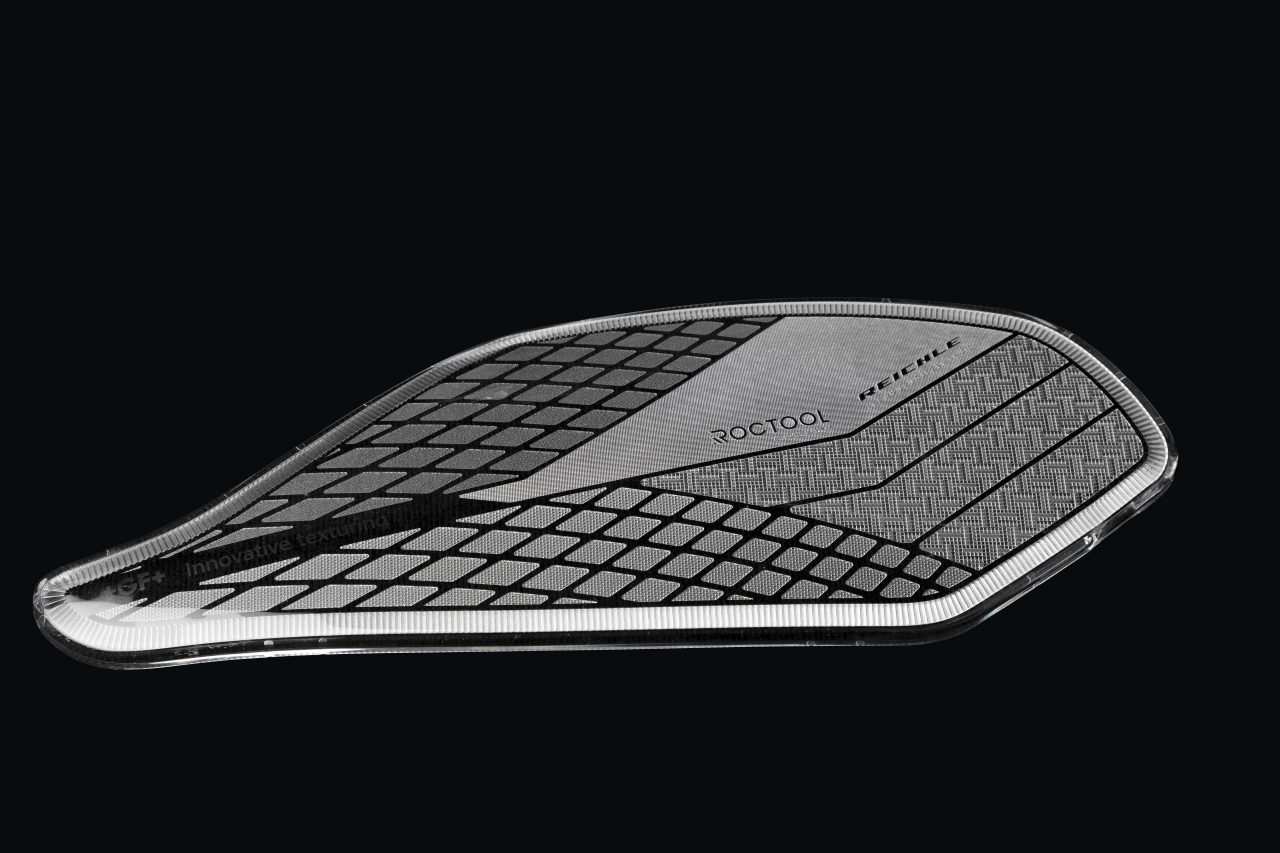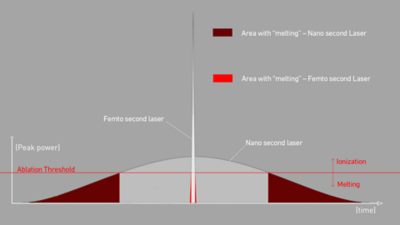2. Lighting solutions – working digitally to innovate without compromise
GF Machining Solutions Laser technology comes with a choice of laser source (pulse duration, power, and texturing pattern) that is driven by the desired surface that the manufacturer wants to produce. Lasers that operate with a "Nanopulse" duration will both ionize metal and locally heat the surface being treated, resulting in a surface with an increased Sdr, Vvc and Vvv as compared to femtosecond lasers. "Femtosecond, FemtoGreen pulses" are much shorter and essentially eliminate the heat-affected zone (HAZ), resulting in a surface with lower variation (Fig. 4). Both technologies are useful; again, the choice depends on the desired end result for the surface in question. The FemoGreen can be applied for wide materials not limited to Sapphires, Glasses, Nickel, Copper, Gold, Silver, Polymers, Ceramics and more.



